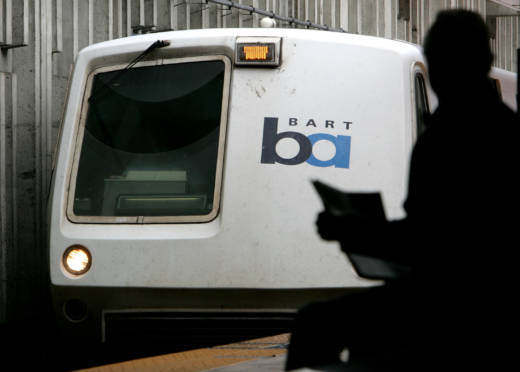Twenty-two BART cars break down suddenly on a stretch of track between the North Concord and Pittsburg-Bay Point stations.
That was the scenario last Friday. And if it sounds familiar, it's because a little more than a year ago, about 50 BART cars were knocked out of service by mystifying electrical spikes that occurred in the same area.
BART said Monday that its engineers have concluded that Friday's incident is similar to the one that occurred last year: Electricity jumped from the third rail and fried equipment on the cars.
BART spokesperson Jim Allison said that section of track is especially prone to electrical surges. The trains there draw a lot of power to get over Willow Pass.
Allison says the third rail there approaches 1,250 volts, "near the high end" of BART's acceptable range of voltage.
